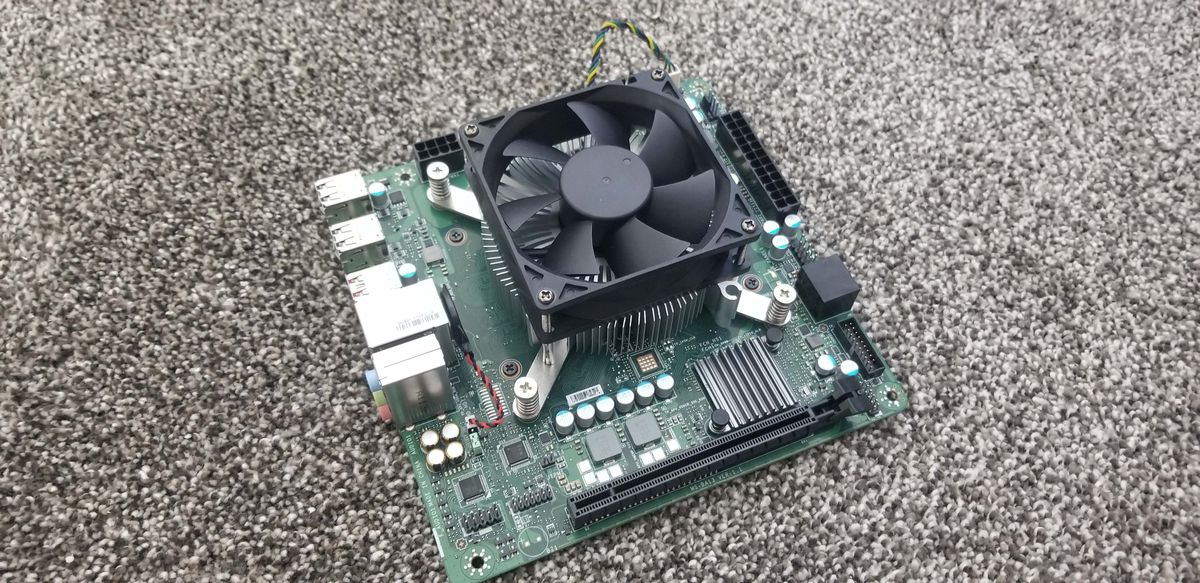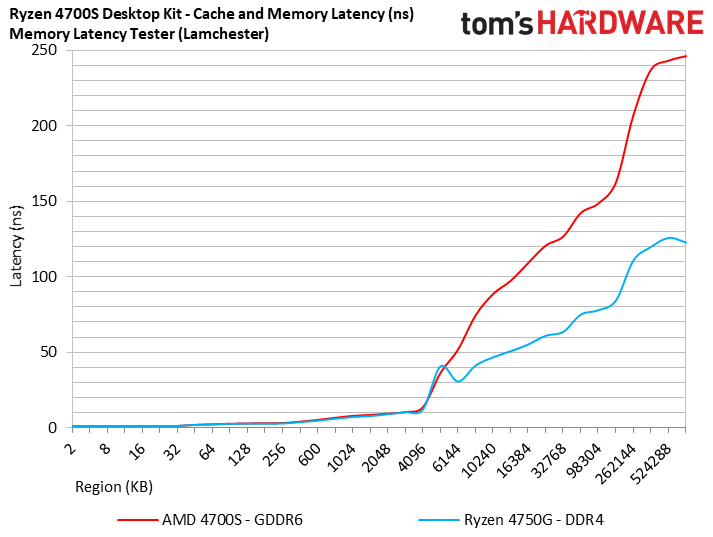Not only that, but if the article is advocating for even higher-memory GPUs, then maybe it should include pricing data on 4 GB chips, since that won't add board costs like making double-sided PCBs would.
Problem in this is that 2Gb are the biggest there are in the market now. We are waiting for 3Gb chips to come production somewhere in the future and 4Gb far, far in the future...
So if 8Gb of vram cost not $30, the clamshell system alone cost $60 or more... So near $100 including the profit margin.
We need bigger memory chips for cheaper memory upgrades and we just don´t have those yet...
When 3060 was released, it was suposed to use 1gb chips aka be 6Gb GPU, but they backed down and did use those big 2Gb chips and get 12Gb or memory. Now they already use 2Gb chips in 4060 so there is not easy upgrade path...
Also 3Gb chips most likely will be rather expensive when they are released! The prices will drop down eventually, but because of that... 5060 most likely will also have 8Gb of vram and 12 Gb version of using 3Gb chips is possible, but substantially more expensive....






